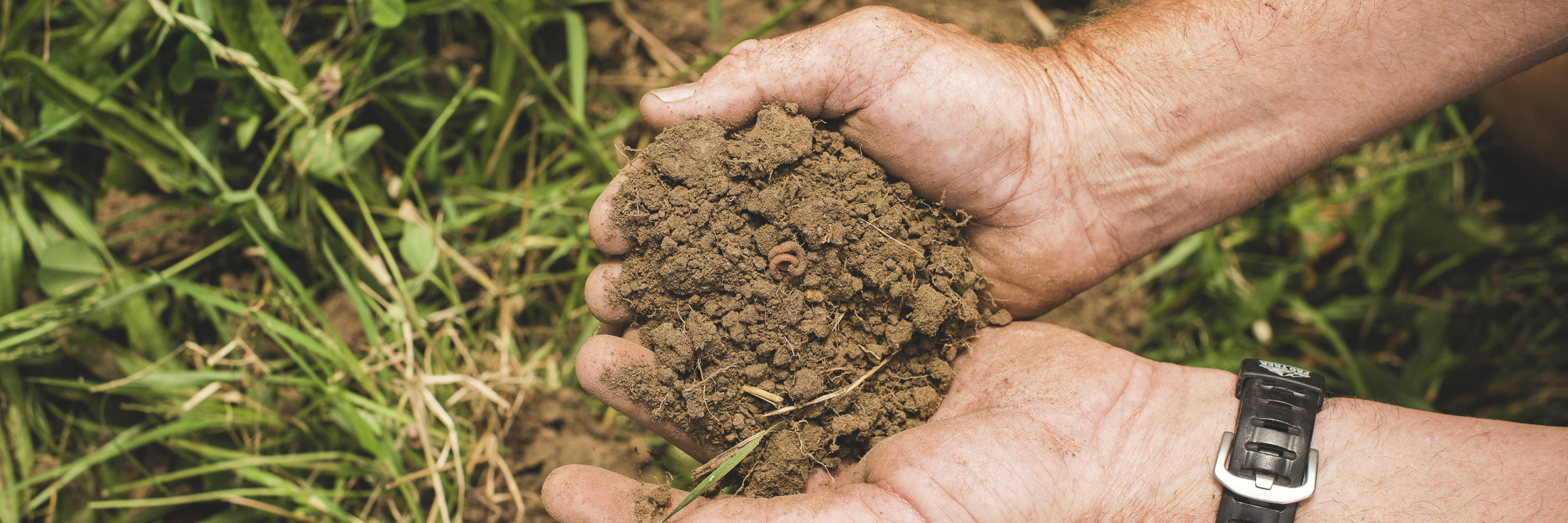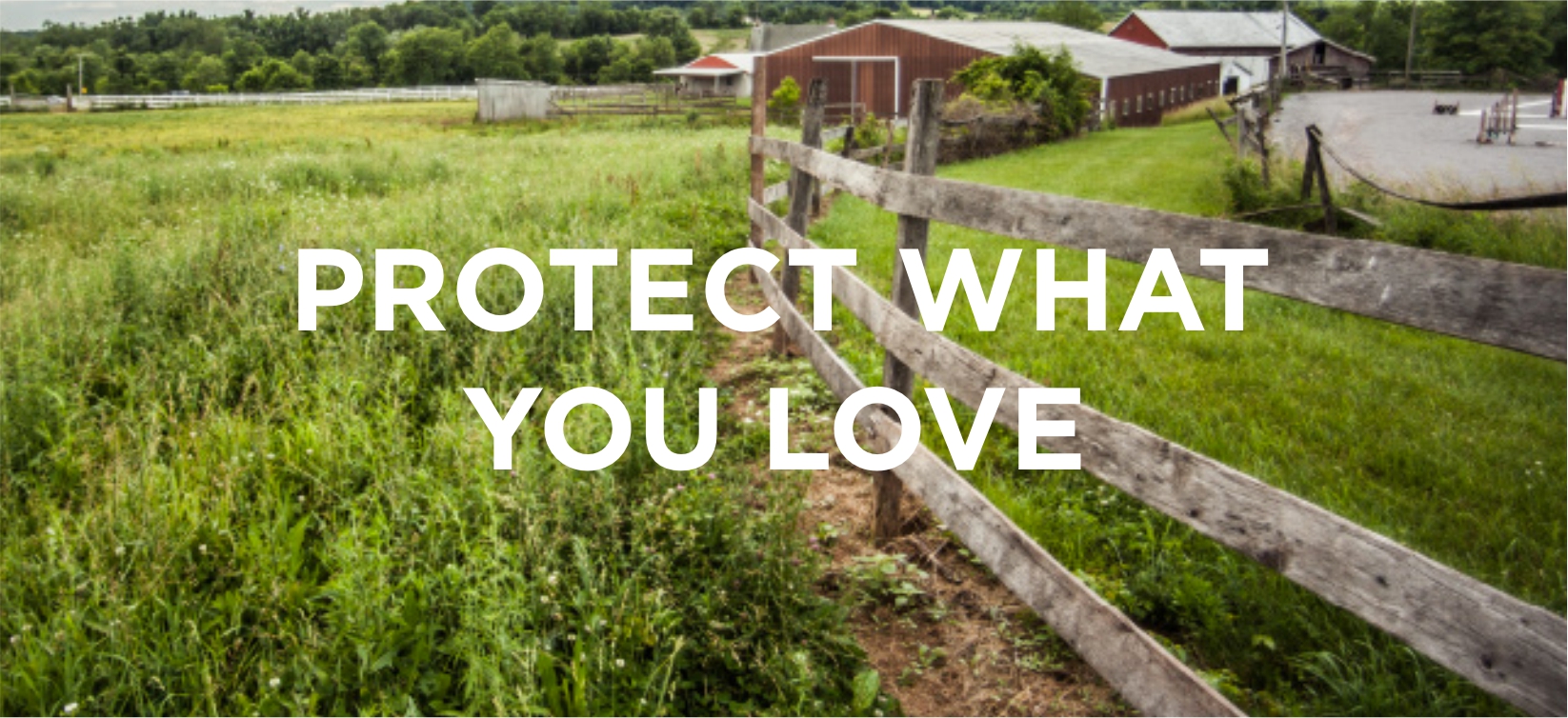REGENERATION
The way we humans provide ourselves with food has a long history of methods and inventions. And although thanks to the expansion of agriculture and livestock we were able to feed greater numbers of people, certain practices led to two-thirds of the planet that previously had fertile soils, start to turn into deserts as of now.
The search for solutions that really reverse the situation and generate a positive impact takes years in the world of science but, according to the most recent research, there is a practice that could change everything. And it consists of saving the ground so that the ground saves us.
THE PLOW
The story begins with the invention of the plow: an agricultural instrument used to open furrows in the land and remove the soil before sowing. Today we know that this practice, which humans developed for thousands of years, was breaking the balance of ecosystems and affecting our and the planet's health. Soil erosion, that is, the transformation of fertile land into dead land, accelerated from this invention and today plowing is one of the most invasive practices of modern agriculture.
The search for solutions that really reverse the situation and generate a positive impact takes years in the world of science but, according to the most recent research, there is a practice that could change everything. And it consists of saving the ground so that the ground saves us.
CARBON
The key to the damage that the plow was generating in our lands is in a single element: carbon. But what is carbon?
Carbon is the basic building block of organic chemistry. Everything on the planet works with this element: we ourselves are 16% carbon and the microbes in our soil live on it. Carbon is the engine of everything and is what really powers life on Earth.
The cycle is perfect: Human beings exhale carbon dioxide, and plants absorb it and transform it into the oxygen that allows us to live.
Plants absorb carbon dioxide because it serves as fuel for their growth. But in addition, 40% of that carbon is filtered by its roots to the microorganisms that live in the soil. In this way, the plants feed the microbes carbon and, in return, they provide them with plant nutrients.
In addition, throughout this process, microorganisms make a carbon glue, “globalin”, which is used to control the flow of air and water on the ground. In this way, carbon is fixed in the soil. In other words, our earth, covered with green spaces, can capture large amounts of carbon dioxide from the atmosphere thanks to its universe of microbes that live inside.
In short, a healthy soil absorbs water and carbon dioxide but by damaging it with the plow and chemicals, microorganisms die, the stored carbon returns to the atmosphere, soils become desertified, and global warming increases.

MICROORGANISMS
In the soil, although we do not see it, there is a whole universe of microorganisms that live in what is known as its “porous layer” and that is fundamental for our subsistence and that of the planet. In every handful of healthy soil, there are more organisms than there are people who inhabit the land in its entire history. All of them feed on the carbon that plants absorb and filter through their roots.
In exchange for carbon, microorganisms provide nutrients to plants and bind carbon to the soil. When humans eat plants - or animals that ate them - we consume that carbon and those nutrients. The cycle is perfect and infinite.
This is why it is vital that we save the soil and its microorganisms. Because they are also part of us: our health and that of the planet are closely related and dependent on each other. Human beings are 1% human and 99% microbes. When we eat, it is not us but our intestinal bacteria that consume and process the nutrients necessary for our well-being and growth. The microorganisms are, in the end, the key to all this wonderful process.
CURRENT AGRICULTURE
Through hundreds of years, the practice of plowing, with its constant technological growth, has been killing microorganisms, releasing more carbon into the atmosphere, and weakening the soils of all parts of the planet. Thus, the land became increasingly dependent on chemicals to achieve the necessary fertility: this is the vicious cycle of today's agriculture.
Pesticides that kill weeds and pests do great harm, not only because they poison the food we eat but also because they kill the microbes that are the engine of everything. A land without microorganisms is a land that turns into a desert, it is a land without life: that is what we are doing.









